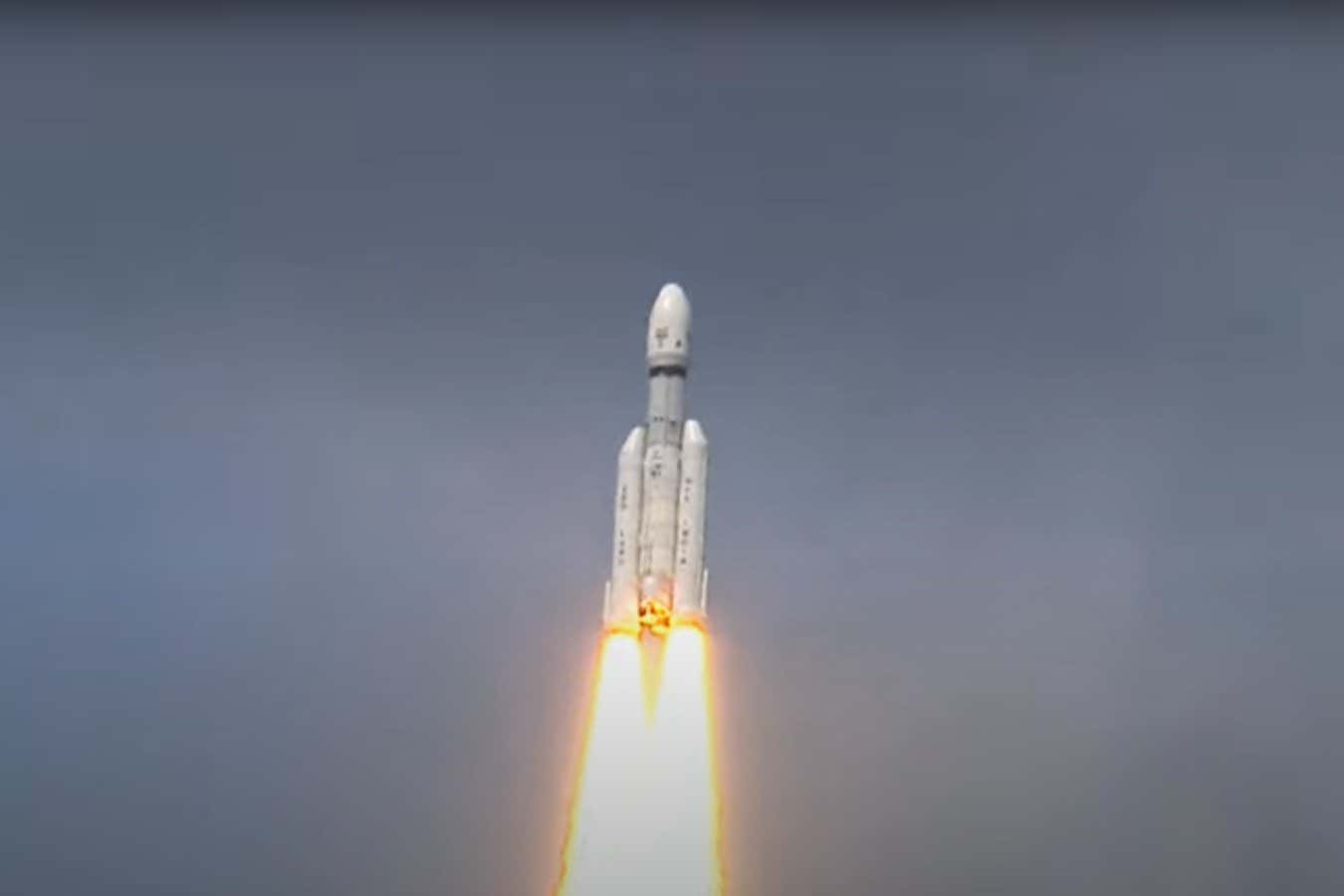India has successfully launched its latest mission to the moon, called Chandrayaan-3. The primary objective of this spacecraft is to explore the south pole of the moon, which is believed to have water reserves. The presence of water on the moon could potentially support the establishment of a permanent lunar base.
The launch of Chandrayaan-3, carried by a Launch Vehicle Mark-III rocket, took place at 2:35 pm local time on 14 July from the southern state of Andhra Pradesh. It is worth noting that India’s previous moon mission, Chandrayaan-2, faced failure in 2019 due to a software glitch, causing the lander to crash into the moon’s surface along with the rover it carried.
In contrast, the Chandrayaan-1 mission, which became a success, consisted of a lunar orbiter and a probe intentionally directed to impact the moon at high speed, specifically targeting the south pole. This achievement made India the fourth nation to leave its flag on the moon after the US, the USSR, and China.
Unlike Chandrayaan-2, the upcoming Chandrayaan-3 mission will not include an orbiter. Instead, the lander and rover will directly communicate with Earth without the need for an intermediary satellite. Officials stated that the spacecraft is expected to reach the moon by 23 or 24 August. Once it arrives, the lander will detach and descend towards the moon’s surface. The rover, on the other hand, is estimated to last only two weeks in the lunar environment.
Indian Prime Minister, Narendra Modi, expressed his excitement for the mission on Twitter, stating, “4th July 2023 will always be etched in golden letters as far as India’s space sector is concerned… This remarkable mission will carry the hopes and dreams of our nation.”
Insights
- Chandrayaan-3 is India’s latest mission to explore the moon, with a specific focus on the south pole where water reserves are believed to exist.
- Chandrayaan-2, the previous moon mission, faced failure due to a software glitch that caused the lander to crash into the moon’s surface, resulting in the loss of the rover.
- Chandrayaan-1 was a successful mission that made India the fourth nation to leave its flag on the moon.
- Chandrayaan-3 will not include an orbiter, and the lander and rover will directly communicate with Earth without the need for an intermediary satellite.
- The spacecraft is expected to reach the moon by 23 or 24 August, with the rover estimated to last two weeks in the lunar environment.
- Indian Prime Minister Narendra Modi expressed his enthusiasm for the mission, considering it a significant milestone for India’s space sector.








